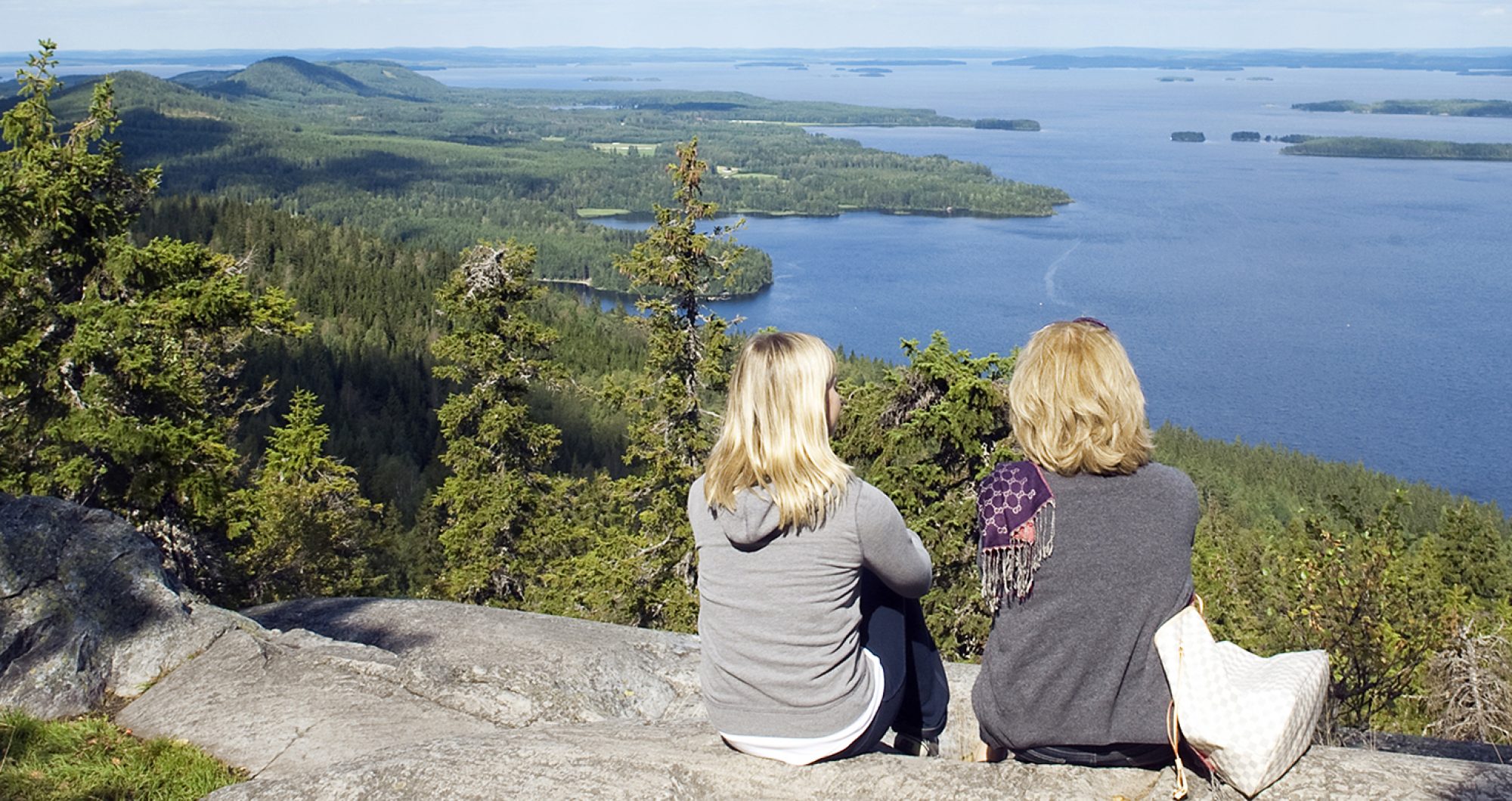Master theme of Nordic Ruralities
8th – 10th September 2014 Trondheim, Norway
This is the 3rd Nordic Rural Research Conference following two conferences in Sweden (2010) and Finland (2012). It builds on the experience of the first conferences by developing the focus on the social challenges and policy issues currently confronting Nordic rural areas.
During these years we have explored the shifting flows and paths of global change, climate change mitigation and adaptation, as well as environmental changes and the diverse challenges and opportunities for social and economic transformations in the Nordic setting. The title of the conference, “Nordic Ruralities: Thriving and Declining Communities”, refers to how rural areas and communities in Nordic regions are experiencing different development patterns depending on, for example, national and regional policies, geographical locations, and differences in welfare policies. In particular, the resilience of local areas to the withdrawal of the welfare state tends to differ widely across geographical regions. Thus, to extend the themes discussed in earlier conferences, here we encourage debate on the role of Nordic welfare states in rural issues. Research on welfare in rural places may be grounded in broad definitions of welfare, encompassing overarching welfare and workfare agendas, or in more specific welfare policy areas such as anti-poverty, health, housing, social security, social work and education. Throughout the last decades, Nordic welfare states have become more diverse and have been given new dimensions through in-migration. Population growth in both rural and urban communities, as well as rural industries, may today depend on migration and migrated labor as well as the locals’ abilities to cope. The Scandinavian welfare state developed towards social and civil rights and ‘the Nordic model’ became an internationally known concept. How is that legacy played out today in the diverse rural contexts?
The conference will be held with the following subthemes:
- Cultures and people, places and identities
Nordic rural communities are being redefined and rural areas are in a state of flux. Mobility and migration are increasing and new rural-urban relations, disparities and complementarities emerging. Distance working and migrating labor are increasing, as well as the number of second homes. Depopulation continues in many regions, while some rural areas are thriving. The importance of place and of location is changing. These processes affect social cohesion and social differentiation in rural areas as well as the construction of identities across borders and places. How are such processes
expressed in different locations? How do migration and mobility affect rural areas? What roles do welfare policies play in these processes?
- Natural resources governance and landscape management
New pressures, interests and claims on the use of natural resources and on landscapes lead to processes of innovation, re-evaluation as well as depletion. Natural resources are not just valuable economic resources, but also ecological, political and social resources. Continuities in both natural resource governance and landscape management are questioned and transformed. Yet, path dependencies and institutional contexts shape activities as well. Multifunctional and sustainable landscapes and use of natural resources have become some of the keywords. How are these processes enacted in different contexts? How do trends in food and energy production, forestry, mining, tourism and nature conservation affect Nordic rural areas? How do household income strategies and economic dependencies affect natural resource use and conflicts? How are entitlements, ownership and right of access and use of nature transformed? What are the impacts on local levels, on local development and social cohesion?
- Rural economy and entrepreneurship
Rural economy is usually related to traditional industries and sectors such as agriculture, forestry, recreation and tourism, and innovations are very often incremental or organizational within the same lines, carried out by the same entrepreneurs; or entrepreneurship is seen upon as a black box. Nevertheless, can changing landscapes also make way for new rural economies and entrepreneurship? Can new industries and new modes of entrepreneurship operate ”at the edge” and revalorize local resources and be seen as important and keys to growth within rural economic and cultural life? Are changing welfare policies affecting economic life in rural areas? There is a need to explore such new industries and modes of entrepreneurship more and see how they can contribute to the advance of rural economy.
- Policies and politics of the rural
Rural and agricultural politics and policies increasingly open for new constellations in the rural development bringing new kinds of conflicts to the fore. A dilemma inherent to the balance of subsidiarity and common regulations emerges. Changing regional policies, the new CAP and welfare state regimes also affect rural areas. What concepts of rurality underpin these different policies? Are urban ideals and rural realities at variance in the policy formation? What are the new issues and edges emerging in rural policy formation and policy practices?

